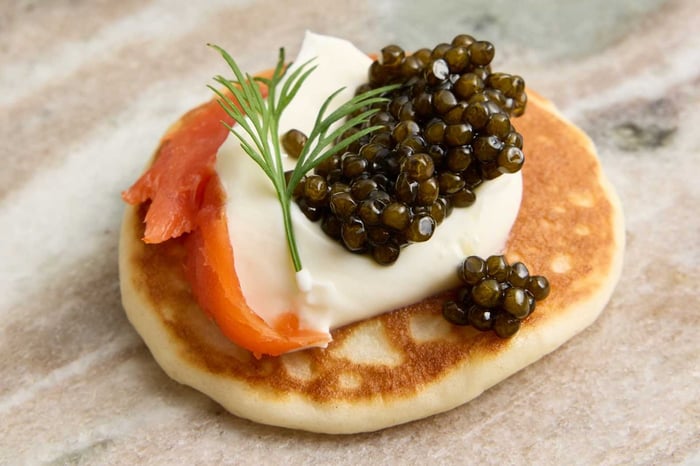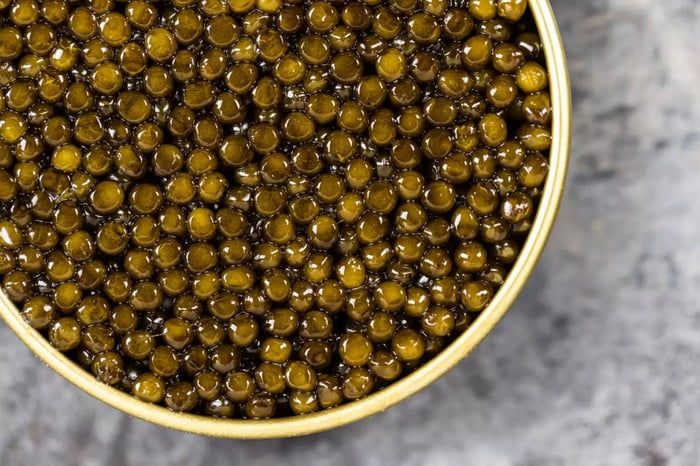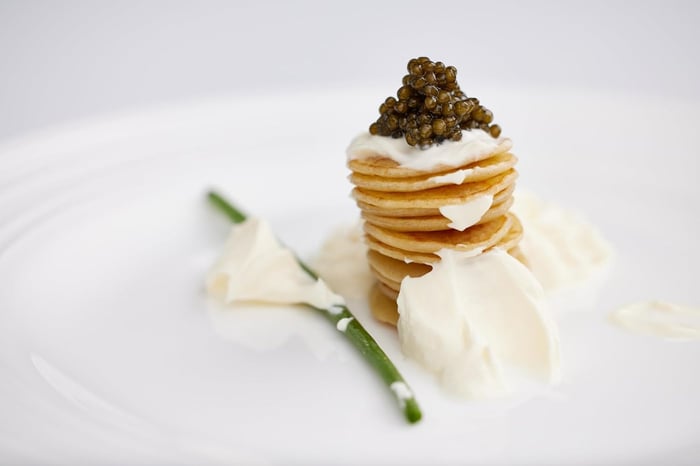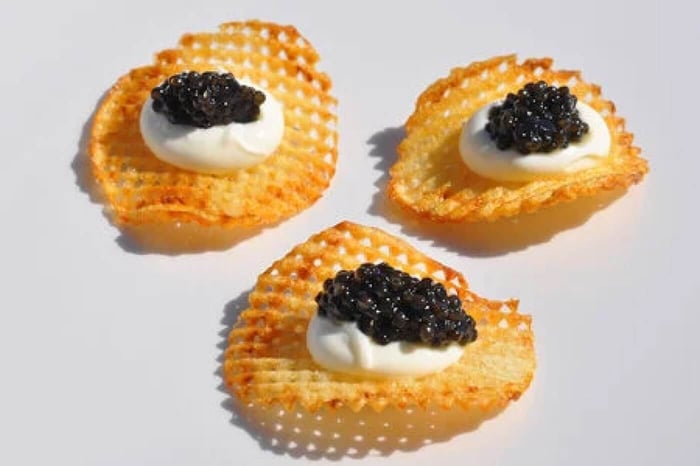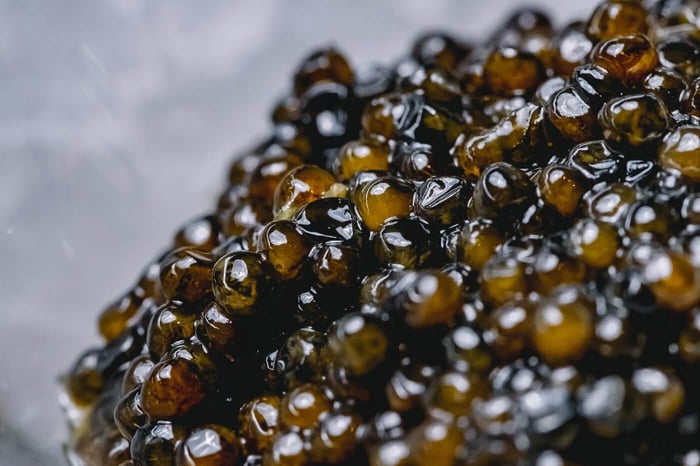 Siberian vs. Beluga Caviar: Which One Reigns Supreme?: Caviar has long been considered one of the most luxurious delicacies in the culinary world, often associated with fine dining, celebration, and sophistication. Among the many varieties of caviar available, Siberian caviar and Beluga caviar consistently stand out as two of the most sought-after options. While both originate from sturgeon and share the prestige of being a rare, gourmet product, they differ in taste, texture, price, and availability. This article explores the differences between Siberian and Beluga caviar to help you decide which one truly reigns supreme when it comes to flavor, quality, and overall experience.
Siberian vs. Beluga Caviar: Which One Reigns Supreme?: Caviar has long been considered one of the most luxurious delicacies in the culinary world, often associated with fine dining, celebration, and sophistication. Among the many varieties of caviar available, Siberian caviar and Beluga caviar consistently stand out as two of the most sought-after options. While both originate from sturgeon and share the prestige of being a rare, gourmet product, they differ in taste, texture, price, and availability. This article explores the differences between Siberian and Beluga caviar to help you decide which one truly reigns supreme when it comes to flavor, quality, and overall experience.
The Origins of Siberian and Beluga Caviar
Siberian caviar comes from the Acipenser baerii sturgeon, a species native to Siberian rivers but now farmed worldwide due to its adaptability. It is one of the most sustainable and widely available caviars on the market. In contrast, Beluga caviar is derived from the Huso huso sturgeon, the largest and rarest sturgeon species, primarily found in the Caspian and Black Seas. Due to its long maturation period, strict trade regulations, and scarcity, Beluga caviar is significantly more exclusive. These differences in origin play a key role in shaping both the taste and price of the two caviar varieties.
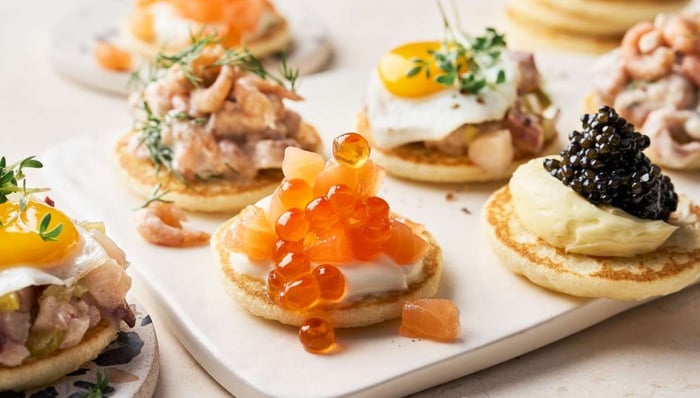
Read: Caviar and Luxury Tourism: Destinations for Connoisseurs
Flavor Profile: A Tale of Two Delicacies
When it comes to taste, Siberian and Beluga caviar deliver distinctly different experiences. Siberian caviar is often described as bold, earthy, and slightly nutty, making it appealing to those who enjoy a stronger flavor profile. Its smaller eggs burst with a rich, lingering aftertaste that pairs beautifully with champagne or vodka. Beluga caviar, on the other hand, is celebrated for its buttery, delicate, and refined flavor. Its eggs are larger, smoother, and melt in the mouth with a subtle hint of the sea, offering an unparalleled elegance that appeals to seasoned connoisseurs. For many, this unique flavor is why Beluga is considered the gold standard of caviar.
Texture and Appearance: Small vs. Large Pearls
Visually and texturally, Siberian and Beluga caviar are easy to distinguish. Siberian caviar typically features small to medium-sized eggs, ranging in color from dark brown to almost black. The eggs have a firm texture, delivering a satisfying pop when eaten. Beluga caviar, however, boasts the largest and most lustrous eggs of any sturgeon species, often appearing in shades of silver-gray to black. Their silky texture and smooth consistency create a luxurious mouthfeel that elevates the overall experience. For those who prioritize aesthetics and texture, Beluga often has the upper hand.
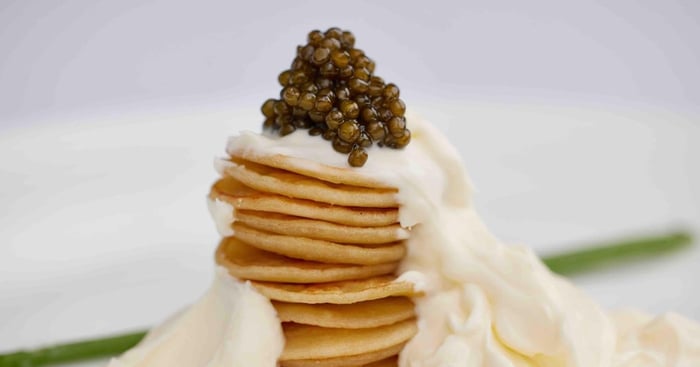
Read: Why Caviar Prices Fluctuate: A Look at Market Dynamics
Price and Availability: Luxury vs. Accessibility
Price is one of the most significant differences between Siberian and Beluga caviar. Siberian caviar is generally more affordable and accessible, largely due to the shorter maturation cycle of the Siberian sturgeon, which can produce eggs in as little as six to eight years. This makes it a popular choice for first-time buyers and enthusiasts looking for quality without breaking the bank. Beluga caviar, however, is one of the most expensive foods in the world, with prices reflecting the rarity of the Huso huso sturgeon and the lengthy 15 to 20 years it takes for the fish to reach maturity. Combined with strict international trade restrictions, Beluga caviar is often reserved for the most exclusive dining experiences.
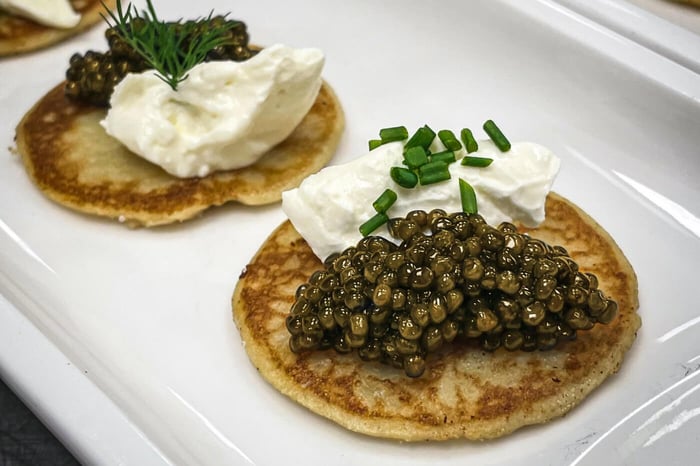
Sustainability and Ethical Considerations
In recent years, sustainability has become a major concern in the world of luxury foods, and caviar is no exception. The Siberian sturgeon adapts well to aquaculture, making Siberian caviar one of the most sustainable options available. Many farms produce it under eco-friendly practices, ensuring the continued survival of the species while meeting global demand. Beluga sturgeon, however, is critically endangered in the wild, which has led to heavy regulation and limited legal production. While farmed Beluga caviar does exist, it remains controversial due to its environmental impact and the species’ vulnerability. For ethically conscious consumers, Siberian caviar may offer peace of mind alongside exquisite flavor.
Pairing and Culinary Uses
Both Siberian and Beluga caviar shine when paired with the right foods and beverages, though their unique flavor profiles call for different approaches. Siberian caviar, with its stronger, nuttier taste, pairs wonderfully with blinis, crème fraîche, and dry champagne, adding depth to simple but classic dishes. Beluga caviar, with its buttery elegance, is best enjoyed in its purest form—served cold on a mother-of-pearl spoon with a glass of fine vodka or vintage champagne. Its subtlety can be easily overshadowed by bold flavors, so chefs and connoisseurs alike prefer to let Beluga caviar take center stage in minimalist presentations. These differences highlight how each type can cater to varying culinary styles and preferences.
Conclusion
Choosing between Siberian and Beluga caviar ultimately comes down to personal preference, budget, and values. Beluga caviar undoubtedly holds the crown in terms of rarity, prestige, and luxurious mouthfeel, making it the choice for those who want the ultimate caviar experience. However, Siberian caviar offers remarkable flavor, accessibility, and sustainability, making it a worthy rival and an excellent option for both newcomers and seasoned caviar lovers. While Beluga may reign supreme in exclusivity, Siberian caviar shines in versatility and ethical appeal. In the end, both varieties represent the pinnacle of culinary indulgence, each with its own claim to supremacy.
About the Author
 Igor Fishbeyn - Caviar Purveyor
Igor Fishbeyn - Caviar Purveyor
Igor Fishbeyn is purveyor of fine sturgeon caviar and creator of the Skazka Caviar brand. He is an expert with decades of experience specializing in importing, wholesaling, and retailing the finest quality caviar in the world. Igor frequently writes about caviar news and various topics about the caviar industry. He lives in San Francisco with his wife and daughter.
Shop Skazka Caviar
Browse Our Exclusive Caviar Collection
[dib_prod_5322279944351] [dib_prod_5322391584927] [dib_prod_5322633216159][dib_prod_5322609590431]
Shop Caviar By Type
Shop Black Caviar | Shop Red Caviar | Shop Caviar Accessories
Shop Beluga Caviar | Shop Kaluga Caviar | Shop White Sturgeon Caviar
Shop Osetra Caviar | Shop Salmon Roe | Shop Albino Sturgeon Caviar

